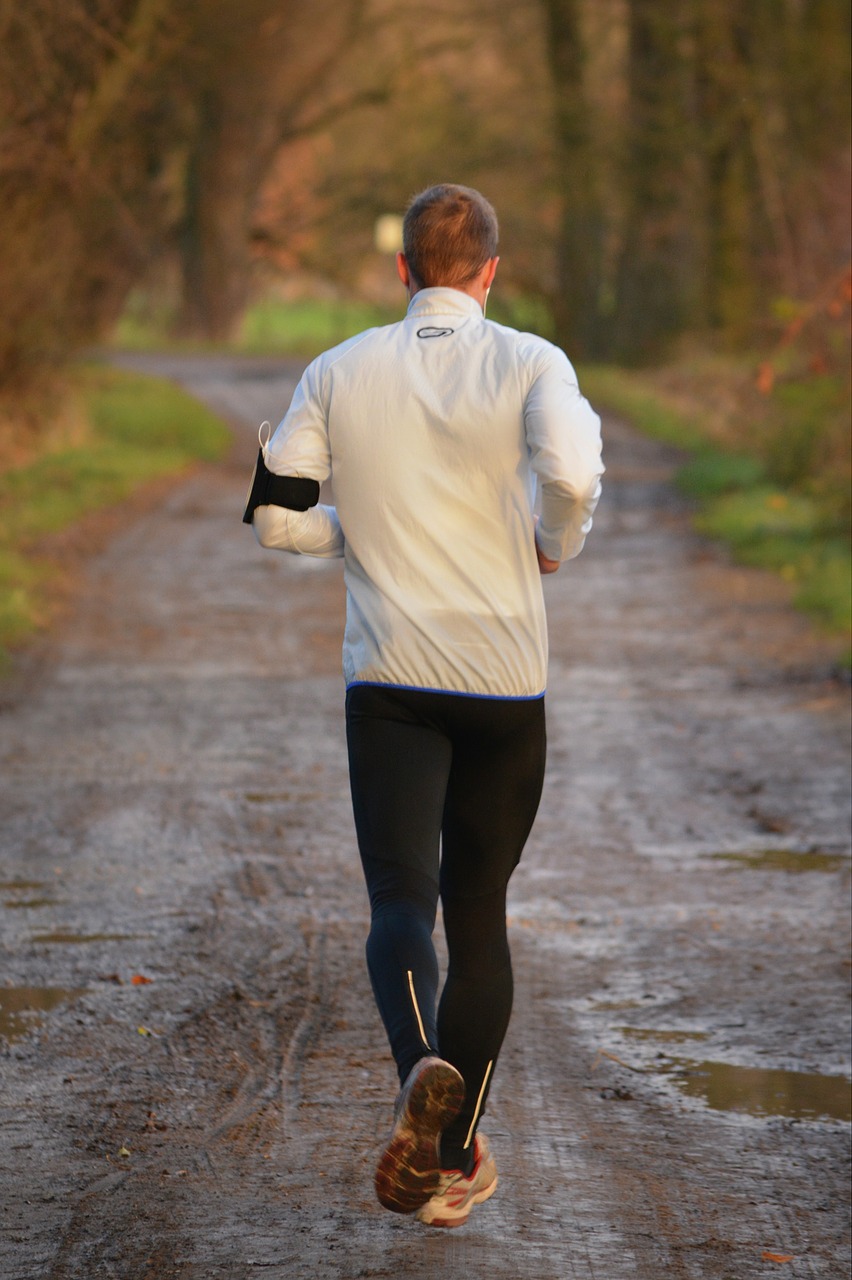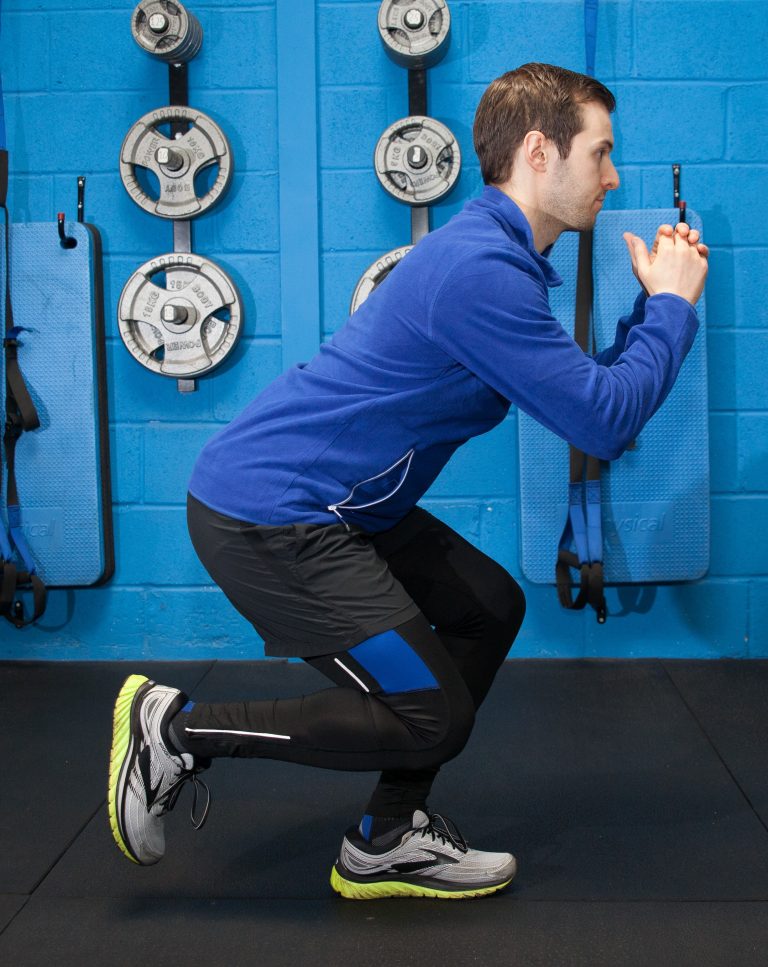Recovery runs are a part of training that gains more importance the long the race is that you’re training for. If you’re usually racing 10k, you’ll use easier long runs, but if you’re marathon training you’ll have short and long easy paced runs. The shorter of these are what we’ll be looking at here.
How long is a recovery run?
One answer would be, short, relative to what you usually do. If you’re new to running and 5-10k is a big run for you, then 1-2 miles is a good recovery run distance. For anything up to marathon distance as your target race, 5-7 miles is longest I’d recommend, with the distance being defined by your fitness, overall training intensity and mileage, experience, diet and general recovery rates to name just a few factors.
How to find your pace
Your recovery pace will depend on your current fitness and paces. I’ve read articles before, boiling down all paces from your 5k pace which is far too simplistic as we all have different strengths. Some people are great over 5k, but don’t finish as highly or as fast as they “should” for a half marathon and vice versa.
Let’s run with the x number of seconds/mile slower theory for a moment though. One article in a popular running magazine, stated your easy runs should be 2:00/mile slower than your 5k pace. For me, this actually works out almost perfectly, but only if I think about correct technique. If I run without much thought as most of us do when performing recovery runs, that same HR/effort level means I run 2:30/mile slower than 5k pace.
How I gauge recovery runs
I’m generally not a massive fan of relying on heart rate data too much, as the trackers aren’t accurate to the degree I’d want, however, they can be useful here to give you a pace to work at.
The only time I check the heart rate data on my watch is during recovery runs. How hard the body’s working, not how fast it’s moving, is what dictates whether a run is for recovery or not. About half a mile into my recovery runs, once pace has settled and I’m in a rhythm, I switch to the heart rate monitor screen, and work off of that for the remaining miles.
Sometimes it says the heart rate has suddenly jumped from 140bpm 154bpm, then back down a few seconds later (which is why I don’t rely on them most of the time), but what heart rate can tell you that pace can’t, is how hard you’re actually working.
If you’ve ever gone for a run after a really long working day and run much slower than normal, despite working your backside off, you’ll know that your body won’t always be in the prime condition to run. Basing recovery run pace off of an idea of speed, doesn’t give the flexibility for your body to be tired, or even really fresh.
Keep in mind the purpose of your recovery run. Being easy. Maintaining fitness whilst your body repairs itself. Encouraging blood flow and nutrient delivery to muscles. If you focus on these things, and maybe track your heart rate too, you’ll find your own recovery run pace with ease and be able to adjust it as you get fitter.
Written by Kyle Brooks, Running Coach based in Norwich, Norfolk






